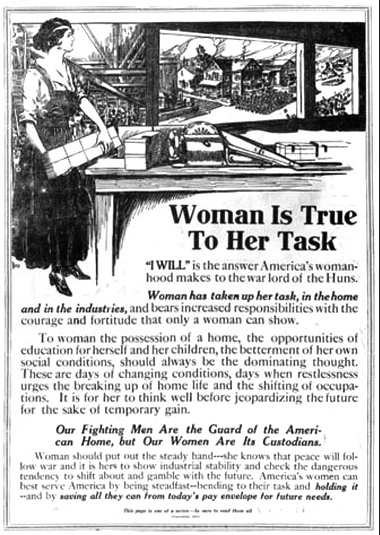 Hennessy Youngman kicks around the question, should art be beautiful?
Hennessy Youngman kicks around the question, should art be beautiful?
If you liked, more from Youngman:
- How to Make an Art
- How to Be a Successful Artist and How to Be a Successful Black Artist
- Performance Art in the Age of the Internet
Lisa Wade, PhD is an Associate Professor at Tulane University. She is the author of American Hookup, a book about college sexual culture; a textbook about gender; and a forthcoming introductory text: Terrible Magnificent Sociology. You can follow her on Twitter and Instagram.














